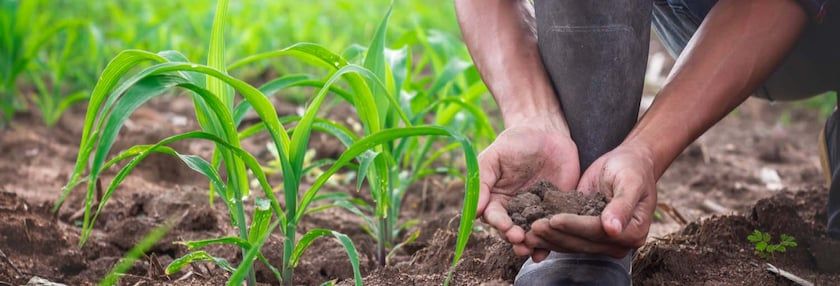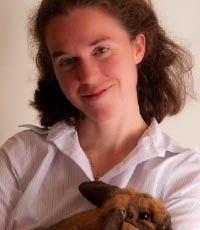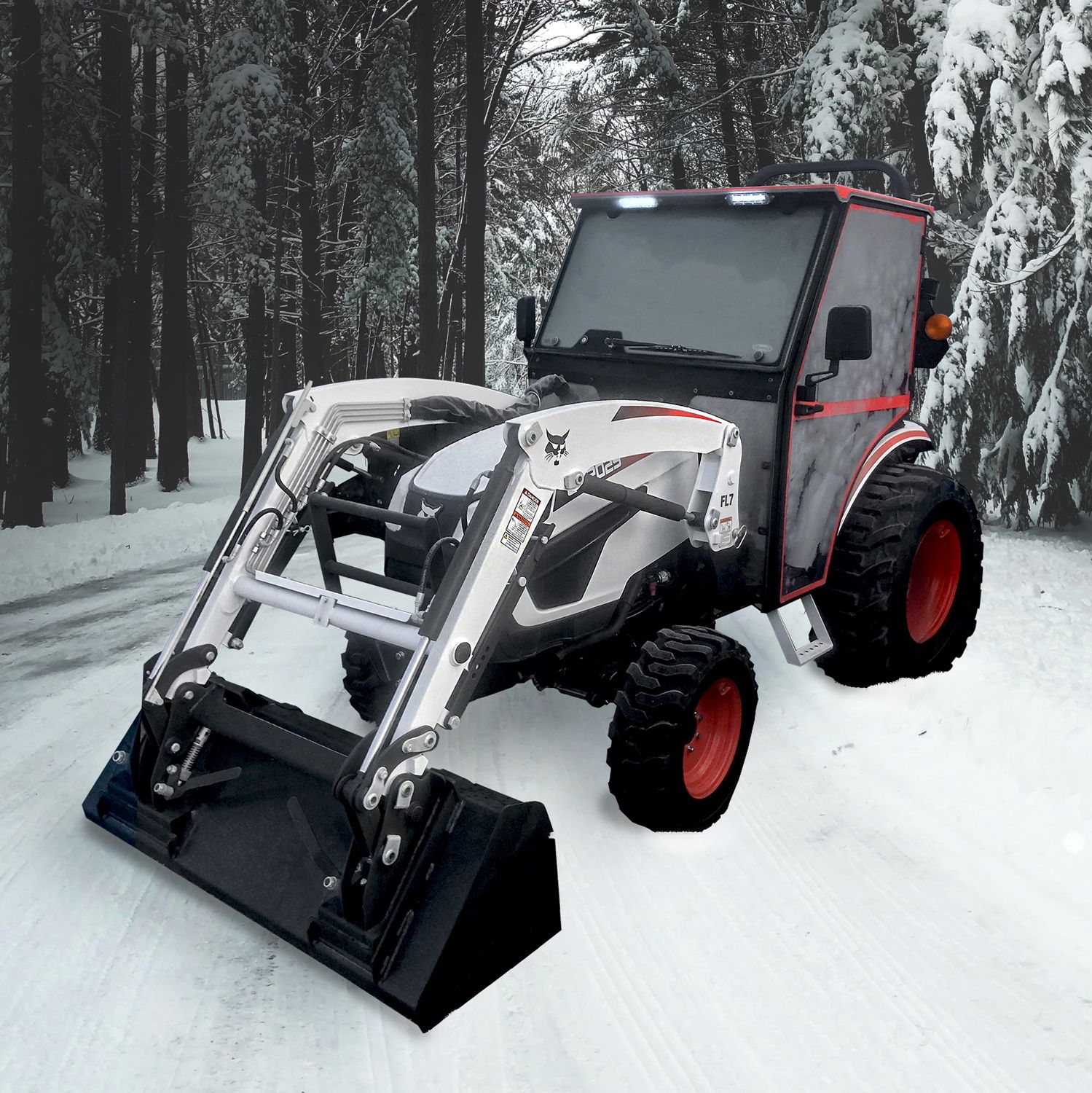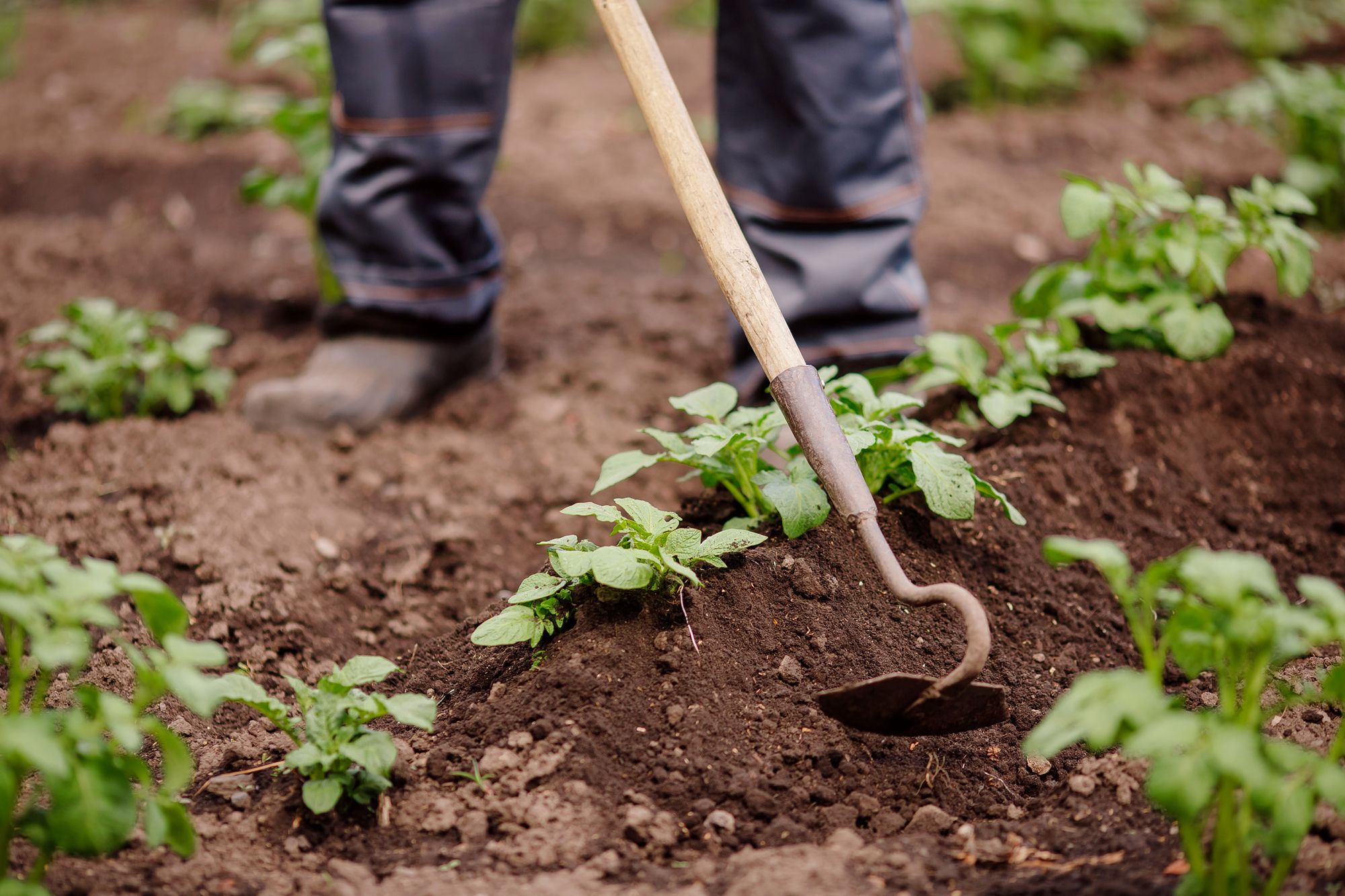The Farmer in the Dell


Written by Samantha Johnson
June 20, 2021
Why this farm was sustainable
Old Mother Hubbard and her empty cupboards are the stuff of nursery rhyme nightmares—her “poor dog had none”!
If she’d followed the lead of the Farmer in the Dell, she could have had a nice little sustainable farm fully able to support not just her dog, but a child, a cat, a cow, a spouse, and even a mouse.
Modern-day large-scale farming has eclipsed the popularity of the Farmer in the Dell’s approach, but let’s take a closer look.
A small family farm with a carefully chosen assortment of crops and livestock can actually support a surprisingly sustainable lifestyle.
Sustainability begins…in the garden?
The CDC describes “sustainable food choices” as those that are healthy, nutritious, free of toxins, locally grown, and provide respect for farm animals, among other criteria.
It’s hard to get much more local than food that’s grown on your own property, and since homegrown food doesn’t require travel, it further limits the impact on the environment.
Okay, so you’ve put in a garden…that’s a great start! But vegetables are just one piece of the puzzle.
Your farm can be small but let’s look at the bigger picture.

Looking at the big (small) picture
Achieving a sustainable lifestyle requires a lot of elements that work together like individual music notes in a beautiful symphony.
Let’s start with the garden. You can calculate and figure the precise amount of vegetables you’ll need in order to feed your family, and then plant, tend, and harvest accordingly. But the success of these vegetables depends somewhat on the availability of needed pollinators.
So honey bees are the logical next step. A couple of hives with thousands of bees provide a dual benefit: ample pollinators to help your garden thrive and your own home-produced honey—a natural sweetener for all of your cooking and baking needs.
Extra honey can be sold and you might even find a market for honey- and beeswax-related products.
Ah, but in order for your bees to thrive, they’ll need flowers. Maybe your property already boasts fields of wildflowers, but that means that your bees are busily working on the wildflowers, and not spending time in your garden. If you want to encourage your bees to hang out in the vegetable garden, you’ll need a way to entice them, and flowers are the key.
Invite the little ones
So when you’re planning and planting your vegetable garden, leave some garden space for flowers—colorful, bee-friendly flowers that will be in bloom during the prime vegetable gardening months. The flowers can also be of possible financial benefit if you grow enough to sell some as cut flowers.
Bees also benefit from the presence of fruit trees—those early spring tree blossoms provide excellent fodder for honey bees, and the pollination of your fruit trees helps to ensure a bumper crop of apples, pears, and plums in the fall. Blossoms for the bees and more food for your family! There’s a win-win.
Usefulness grows on trees
Speaking of trees…a few sugar maple trees are worth their weight in gold, or rather, maple syrup. Along with honey, maple syrup provides you with another sustainable sweetener.
Of course, maybe you’d like more to your diet than fruits, vegetables, and honey. You might also want meat, dairy products, and eggs. Dual-purpose livestock breeds are excellent for the sustainable farm. Rather than the specialized breeds chosen by the farming industry for their spectacular production, you can choose breeds that are useful in multiple ways.
Hi-ho the dairy-o…
The Native Milking Shorthorn cow is an excellent example of a breed that provides both milk and meat, maximizing the benefits for families who wish to raise cattle on a very small scale.
The same is true of dual-purpose goat, sheep, and chicken breeds. When you’re not focused on achieving record-breaking production numbers, you can instead set your sights on quality over quantity for your own family’s use.
That’s when it’s valuable to have goats that can provide milk and meat, sheep that provide wool and meat, and chickens that provide eggs and meat.
…and raising crops that feed them
Crops go hand-in-hand with livestock. Raising your own hay is a tremendously rewarding (albeit hot, dusty, and hard) endeavor, and not having to rely on other sources for hay eliminates a lot of stress from livestock care. If you take the time to learn the specifics and nuances of crop rotation you can maximize your yields and minimize your use of fertilizers. For example, it’s fascinating to explore the ways that alfalfa and timothy can work together in rotation to minimize soil erosion, improve soil, and provide nitrogen.
Sustain all-around us
The Farmer in the Dell really did have the right idea with his sustainable farm. Maybe you’re ready to implement some these sustainable practices into your own farm endeavors. But whatever you do, don’t let your homemade honey-whipped goat cheese stand alone!
Tags:Weekend Farmer

Acreage Life is part of the Catalyst Communications Network publication family.














